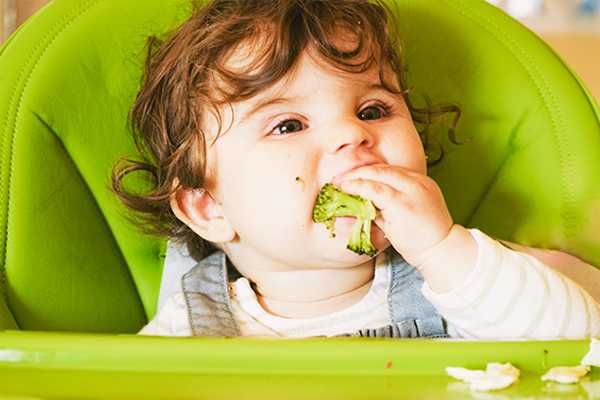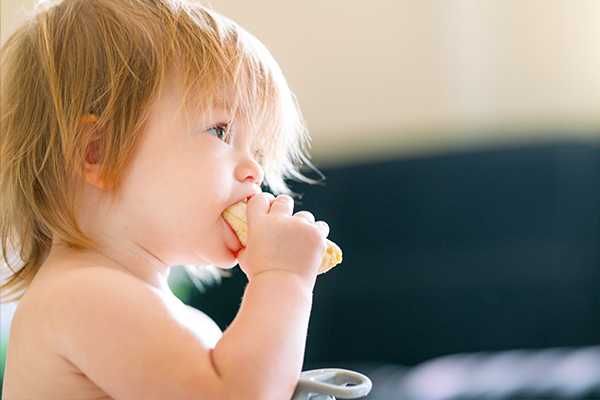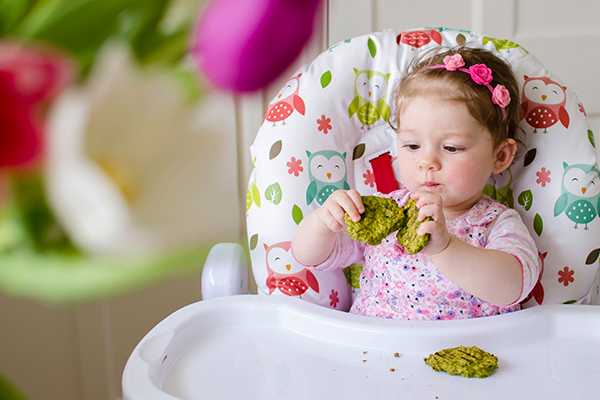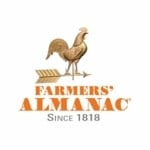What Is Baby Led Weaning?

Baby led weaning (BLW) is an alternative approach to introducing solids to your baby. BLW skips the spoon feeding of baby cereals or purees and goes straight to finger foods that your baby can self-feed. Large chunks of squishy food are placed directly on the table or highchair tray for your baby to grab and gnaw on. It’s called “baby led” because your baby can feed themselves at their own pace, putting them in control of how much they eat, allowing them to eat intuitively from the start. Here are important tips, baby led weaning foods, and recipes.
RELATED: Best Days for Weaning and Potty Training
Why Choose Baby led Weaning?
- Developmental Skills: Picking up food, getting it into their mouth, chewing, and swallowing are all age-appropriate actions that involve fine motor skills. In this way, baby led weaning may help children develop additional skills such as brushing their teeth, using scissors, and tying their shoes.
- Encourages Independence and Self-Regulation: Baby led weaning encourages independence, while also allowing babies to gauge their own appetites, leading to self-regulation over time. Encouraging natural hunger and satiety cues may inspire a healthier relationship with food.
- Improves Social Interaction: With BLW, the baby becomes an active participant in family mealtime, where they can interact and watch others for appropriate mealtime role-modeling.
- Makes Mealtime Easier: When babies can independently feed themselves and explore their food, rather than being spoon-fed, it is easier to eat together as a family.
- Save Time and Money: When everyone in the house is eating the same food, you will save time and money. Commercially and homemade prepared purees for your baby take time and money. “Instead of buying or making specific foods to feed your baby, you’re preparing the same meal for the whole family, with modifications as needed for your newest eater,” explains pediatrician Kimberly Churbock, MD from the Cleveland Clinic.
- Food Exposure: While pureed baby foods provide nutrition, they only offer one texture. Baby led weaning exposes your baby to various textures, more similar to what they will experience in the future.
Important: Farmers’ Almanac does not offer medical advice. This article is intended purely for educational purposes.
When To Start
As soon as your baby is ready to eat solid food, they can try baby led weaning. According to the American Association of Pediatrics (AAP) a baby is ready to start eating solids when:
- They can hold their head up well and begin to sit up unsupported.
- They have doubled in birth weight (typically around 4-6 months of age).
- They show interest in food (i.e., watching you eat, reaching for your food, opening their mouth when food comes nearby).
- When you feed them, they can move the food to the back of their mouth to swallow rather than spit it out.
Dr. Churbock highlights that “every baby is different. If your baby was born prematurely, you may see signs of readiness closer to their corrected age of 6 months, rather than their chronological age of 6 months.” Baby-led weaning is about following your baby’s lead and watching for signs of developmental readiness. If you’re concerned about your baby’s readiness, consult with your child’s healthcare provider.
Note: The AAP recommends that your baby should be provided breastmilk or formula exclusively for the first 6 months, and that it should continue be your baby’s primary source of nutrition, along with complementary food, for at least two years and beyond.

Baby Led Weaning Foods
When introducing solids to your baby look for foods that are: nutritious (whole foods, rather than processed), easy to grasp with fingers, and room temperature. Be sure that it is soft or well-cooked and cut into sticks or strips that are no smaller than their fist, not bite sized.
At first, they will grasp with their fits and smash it into their mouths, however over time they will grasp with their thumb and forefinger.
Ideal baby led weaning foods:
- Bananas, avocados, kiwi, strawberries, and applesauce.
- Soft steamed apple or pear slices, skin removed.
- Cooked vegetables, such as strips of sweet potatoes, carrots, squash, broccoli, and cauliflower.
- Ground, soft, or shredded meats and fish, yogurt, scrambled eggs, and cheese.
- Overcooked pasta.
- Oatmeal, yogurt, and applesauce.
Avoid round fruits that aren’t cut such as grapes; hard or raw vegetables; tough or chewy proteins; other milk besides human or formula and juices; and honey until the baby is 1 year old.
Helpful Tips
There is no “right way” to introduce solid foods to your baby. Baby led weaning, purees, or a combination of both are a perfectly acceptable way to begin solids. Do whatever you and your baby are comfortable with. If you want to experiment with baby-led weaning, you don’t have to ditch the purees. Try handing your baby a spoonful of puree and let them work on moving it to their mouth independently.
- Use a highchair that allows them to sit up straight. Good posture allows them to have better control over their arms and hands.
- Introduce water in a training cup when you introduce solids.
- Introduce a new food every few days to check for possible sensitivities or food allergens. Pediatricians recommend exposing potential allergens, such as dairy, eggs, and nut butter early. (Avoid giving whole nuts due to risk of choking.)
- When baby is hungry, provide a bottle or nurse before offering solid food to avoid frustration.
- Dr. Churbock says to “embrace and expect some mess. Self-feeding is a great sensory experience for babies, but it’s not without some trial and error.” Place a mat under your baby’s chair or use a large bib or smock for easier cleanup.
- Don’t panic if your baby gags. The gag reflex is different than choking and is generally a sign that baby is learning to move the food around their mouth, a skill they will need to acquire to eat solids.
- Try rolling slippery foods that are hard to grip in something like baby cereal, ground flax, or ground almonds.

Baby Led Weaning Recipes
Here are a handful of baby led weaning recipes to try!
Join The Discussion
Have you tried baby led weaning or do you know someone who has?
What are your favorite baby led weaning foods?
Do you have any baby led weaning recipes to share?
Tell us in the comments!






